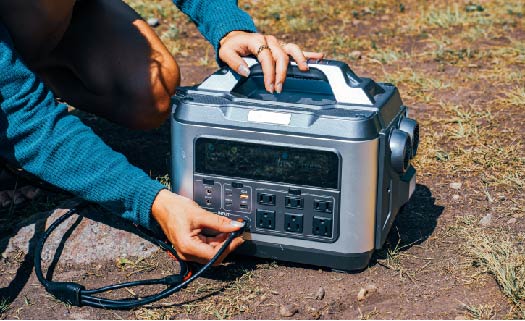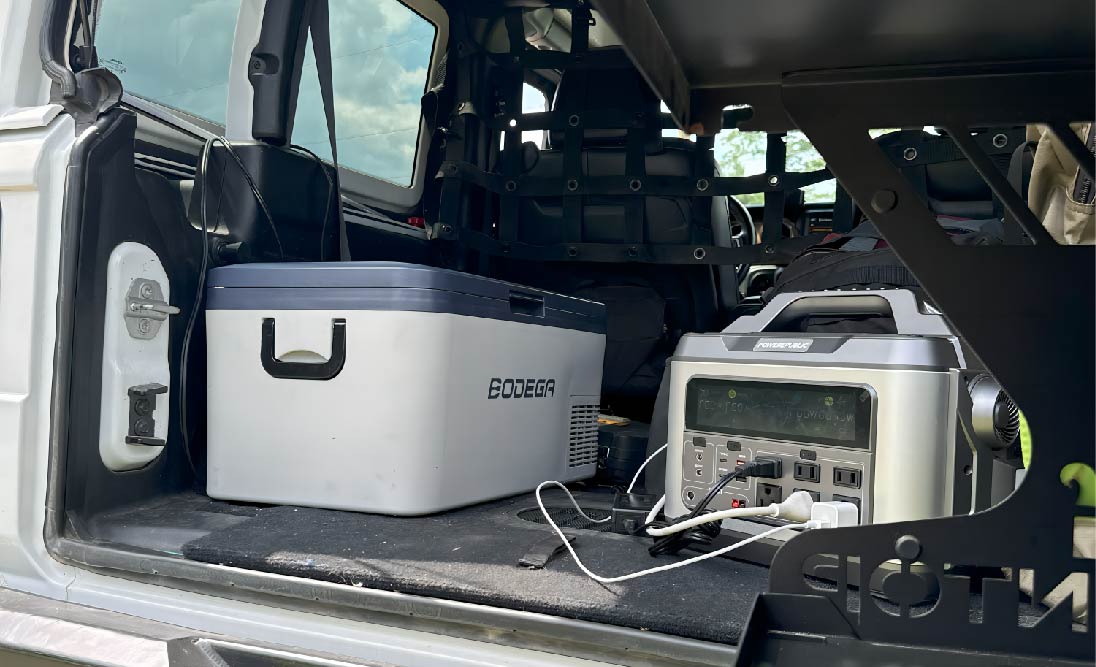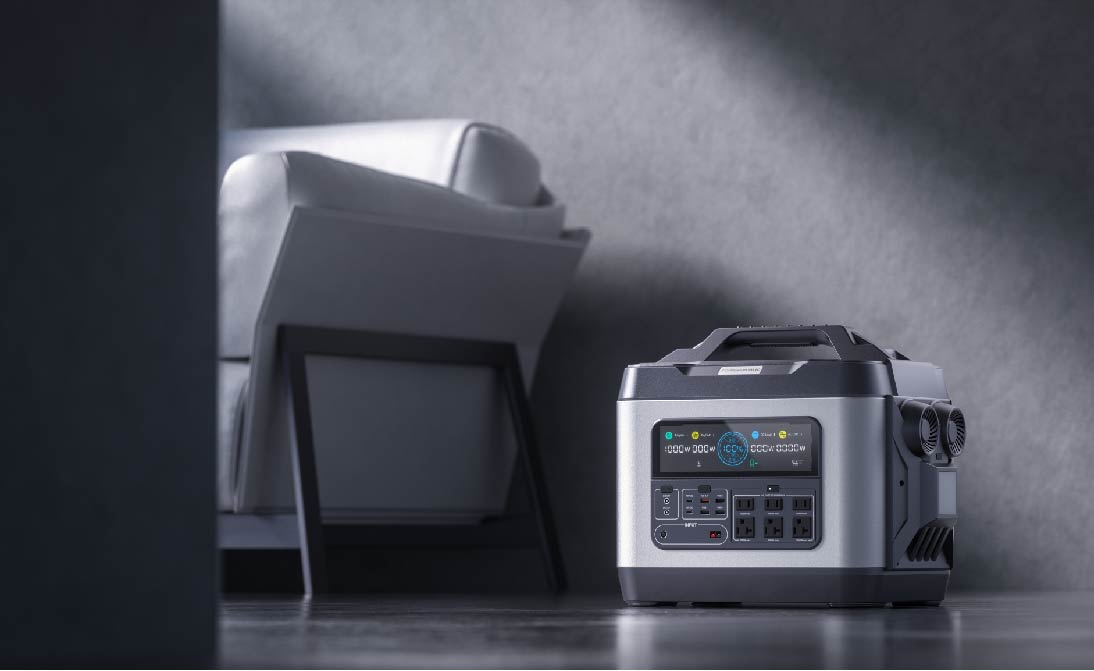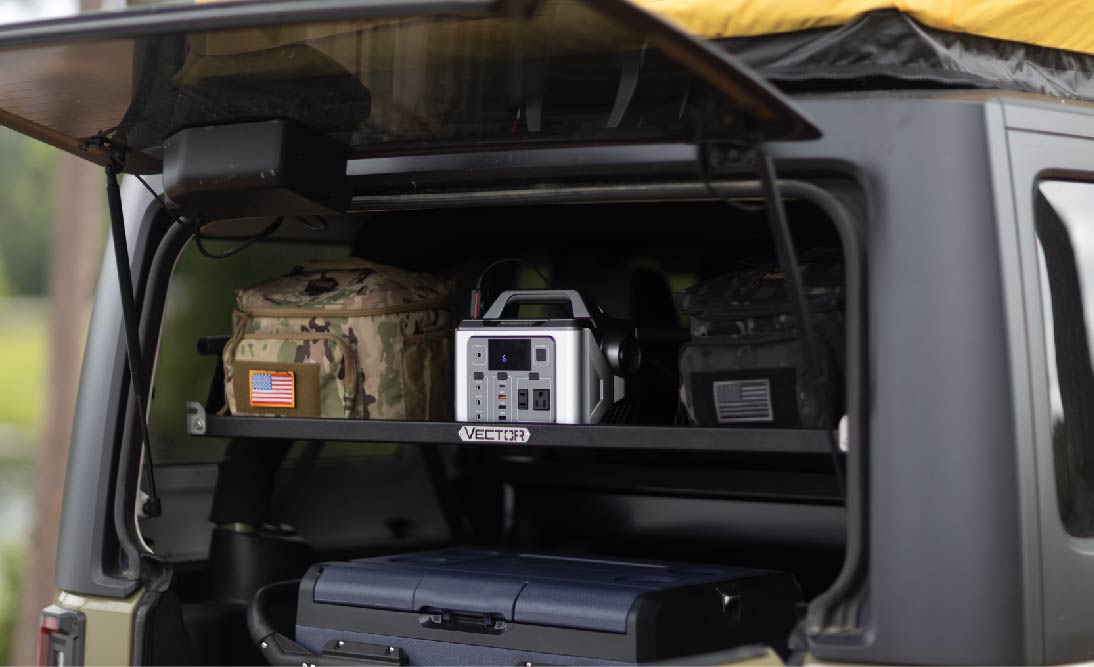When it comes to electronic devices, such as cell phones, computers, laptops, cars, and power stations, they all depend on batteries to operate. One of the most important units to consider when thinking of battery is the Ampere hour.
Ampere-hour, commonly abbreviated as "Ah," is a fundamental unit used to measure the amount of electric charge a battery can deliver or store over a specific period. But what exactly does Ampere-hour mean, and why is it important for battery users to grasp its significance? In this article, we will give a brief introduction to this unit.
General Speaking, What Is An Ampere Hour (Ah)?
An Ampere-hour (Ah) is a unit used to quantify the capacity or energy storage capability of a battery. It represents the amount of electric charge a battery can deliver or store over a specific period.
The Ampere-hour can be understood from two components: the Ampere (A) and the hour (h). Ampere is the unit of electric current. It measures the rate at which electrical charge flows through a circuit. Hour, on the other hand, is a unit of time representing 60 minutes or 3,600 seconds.
When combined as Ampere-hour, the Ampere-hour rating of a battery reflects its ability to supply a certain amount of current over a specific period. For example, a battery with a rating of 1 Ampere-hour can deliver a current of 1 Ampere for 1 hour, or 0.5 Amperes for 2 hours.
How To Calculate Ah On A Battery?
It is quite simple to calculate Ah using the formula below:
Amp Hour (Ah) = Current (A) × Discharge Time (Hr)
Suppose you have a battery that pulls nearly 100 amps(A) and is discharged in 2 hours. Then, the ampere-hour can be calculated as follows:
Ampere Hour = 100 A × 2 H = 200Ah for 2 hour.
Keep in mind that this calculation assumes a constant discharge rate over the specified time. In reality, the battery's capacity may vary based on factors such as temperature, discharge rate, and battery age.
Understand Ah With POWEREPUBLIC
POWEREPUBLIC Portable Power Station has a lithium-ion battery from 296Wh to 300Wh. It can power almost all outdoor appliances. The table below shows some important specs of each model:
|
Model |
Capacity |
Appliances |
Hours |
|
300W, surge 600W 20Ah/ 14.8V (296Wh) |
TV (60W) Light (5W) Fan(20W) Switch(40W) |
TV (60W): 4hrs Light (5W): 50hrs Fan(20W): 12.5hrs Switch(40W): 6hrs |
|
|
1200W, surge 2400W 50Ah/ 22.2V (1110Wh) |
Refrigerator (500W) TV (60W) Light (5W) Heater (600W) Microwave (960W) Electric Grill (850W) Coffee Machine (1000W) |
Refrigerator (500W): 1.8hrs TV (60W): 15hrs Light (5W): 188hrs Heater (600W): 1.5hrs Microwave (960W): 1hr Electric Grill (850W): 1.1hrs Coffee Machine (1000W): 0.9hrs |
|
|
2200W, surge 4500W 100Ah/ 22.4V (2240Wh) |
Refrigerator (500W) TV (60W) Light (5W) Heater (600W) Microwave (960W) Electric Grill (850W) Coffee Machine (1000W) |
Refrigerator (500W): 3.8hrs TV (60W): 31hrs Light (5W): 380hrs Heater (600W): 3hrs Microwave (960W): 1.9hrs Electric Grill (850W): 2hrs Coffee Machine (1000W): 1.9hrs |
|
|
3000W, surge 6000W 125Ah/ 25.6V (3200Wh) |
Refrigerator (500W) TV (60W) Light (5W) Heater (600W) Microwave (960W) Electric Grill (850W) Coffee Machine (1000W) |
Refrigerator (500W): 5.4hrs TV (60W): 45hrs Light (5W): 544hrs Heater (600W): 4.5hrs Microwave (960W): 2.8hrs Electric Grill (850W): 3.2hrs Coffee Machine (1000W): 2.7hrs |
Final Wrap-Up
In summary, an ampere-hour (Ah) is a fundamental unit of measurement used to quantify the capacity and performance of batteries and electrical systems. It provides valuable information about the amount of charge that can be stored or delivered by a device over a specific period.
By considering the ampere-hour rating, users can assess the energy storage capabilities of batteries and ensure optimal usage in various applications.
























































